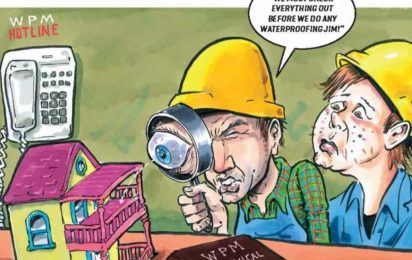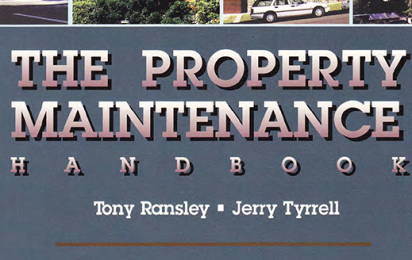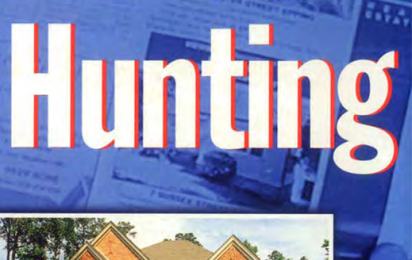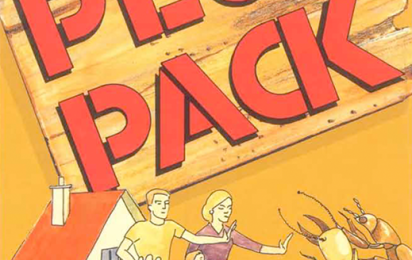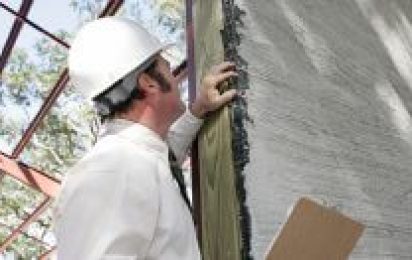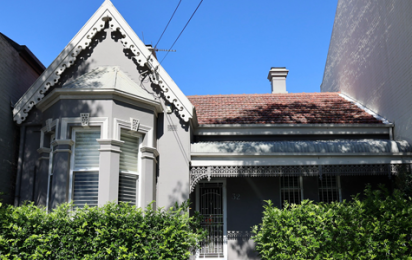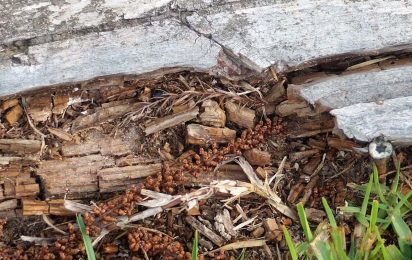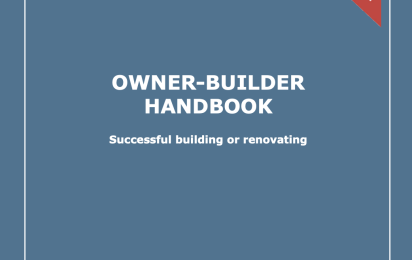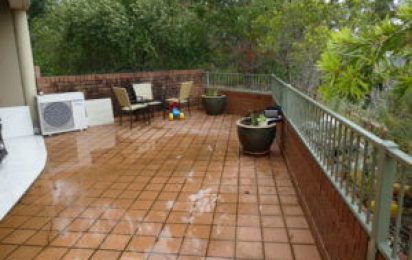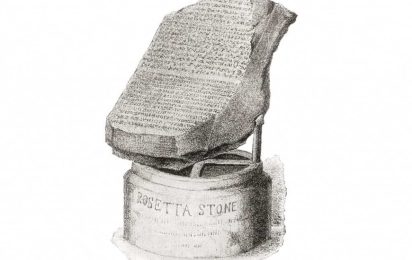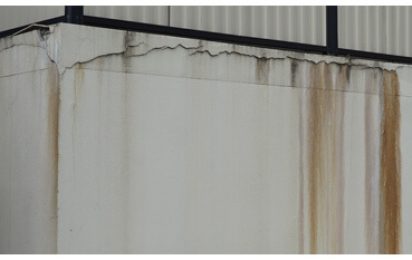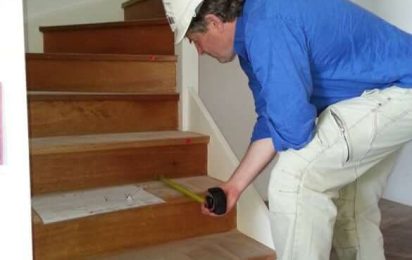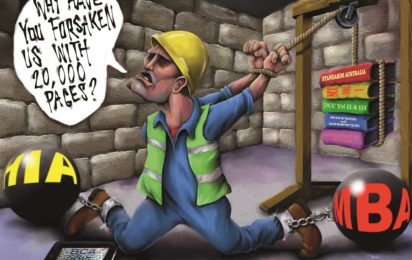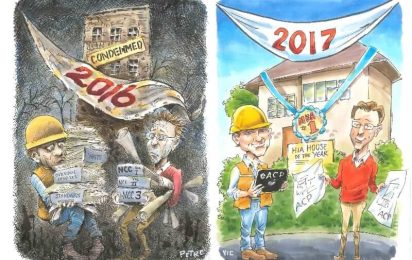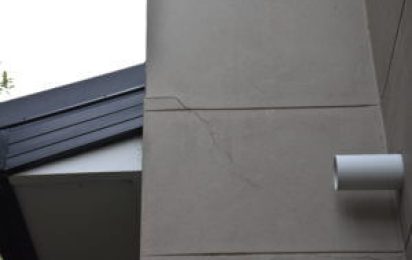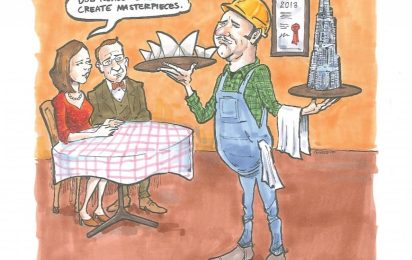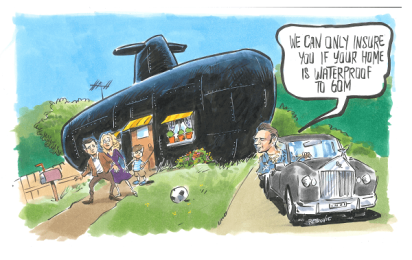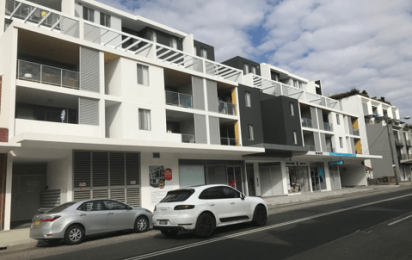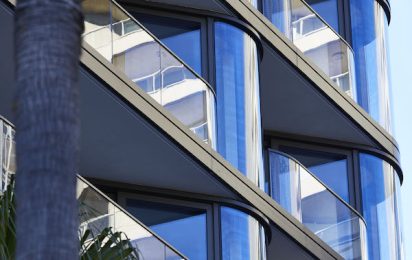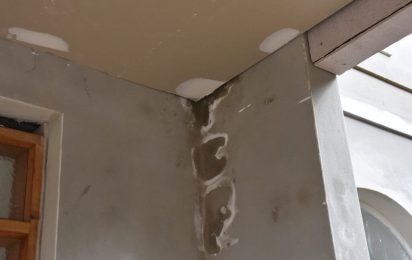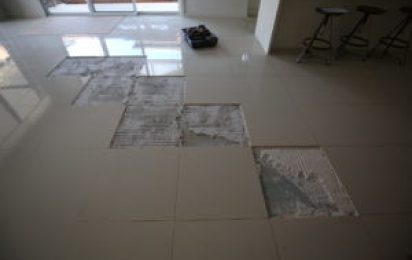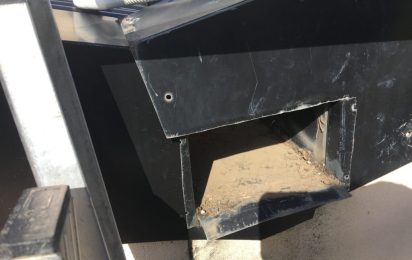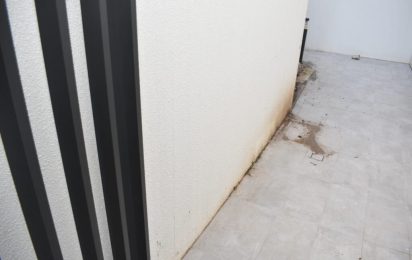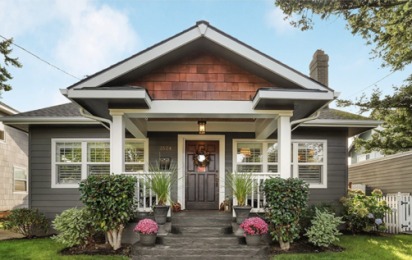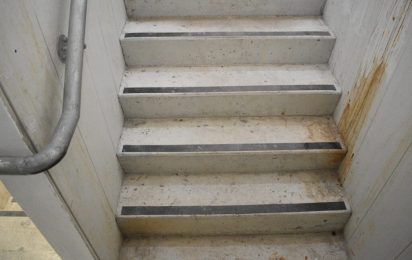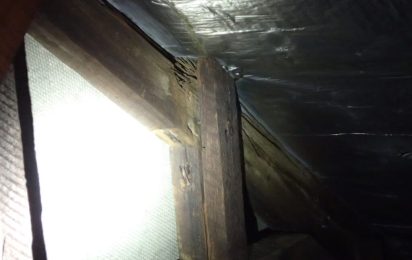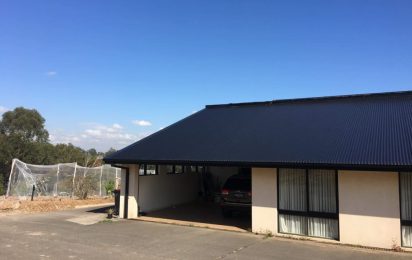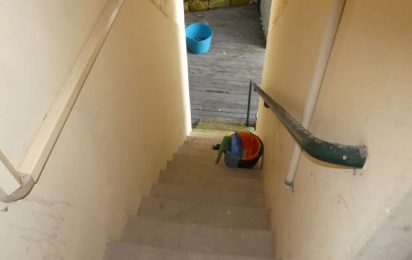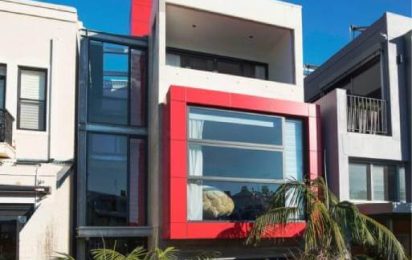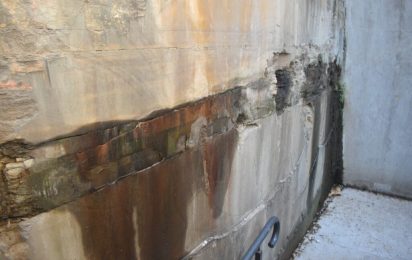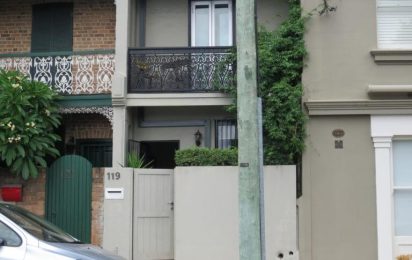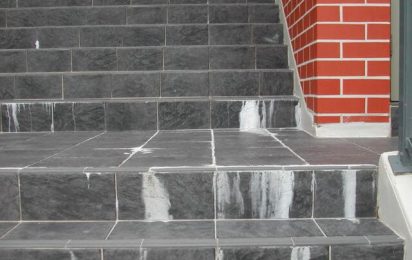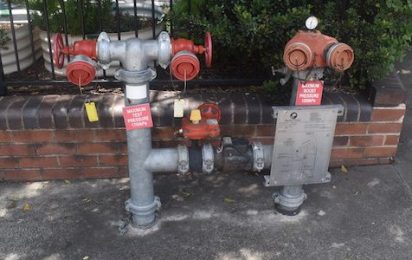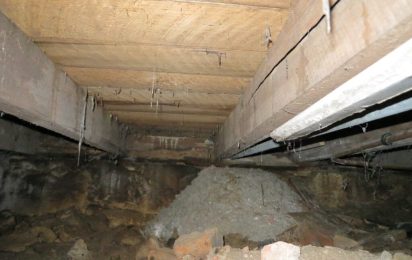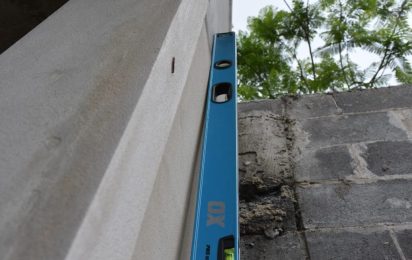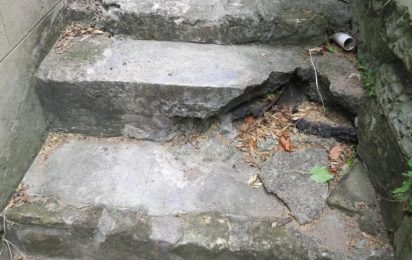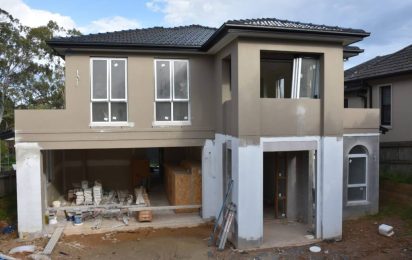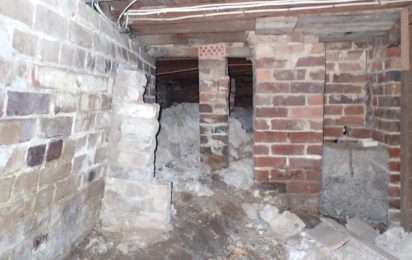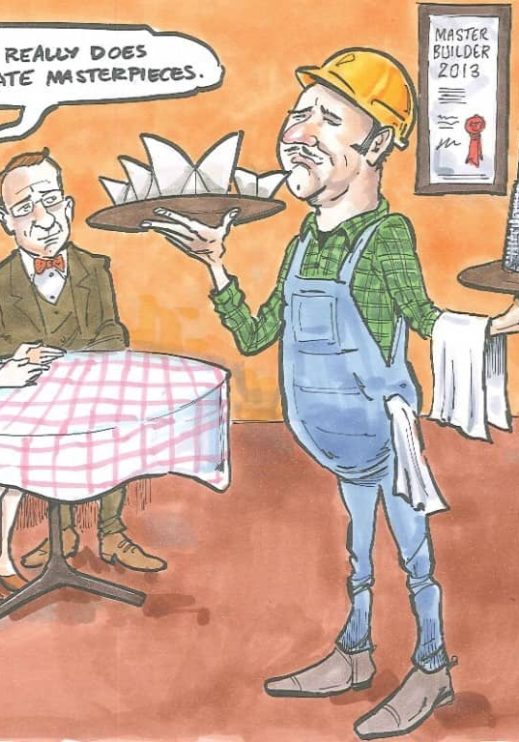
Builders have shaped everything beautiful in the civilised world. We need to make sure that our work is treasured and admired by generations to come – not only in terms of construction, but also in the design of a building.
I hope you have had a great year to add to the past fabulous 5,000 years!
Not sure what I’m talking about? Well, this reference to the past 200 generations of building will start to make sense as I explain the three main points to my article.
Builders built and build our world.
Every building still standing after 100 years is either very beautiful or very well built (or both).
Builders will always play a big part in the future of our world.
This is not about flattery. It is about fact. Did you know that the word ‘architect’ comes from the Greek word for ‘master builder’? Yep, architects were originally enterprising builders with very good math, problem solving and organisational skills – could that be you too?
Did you realise that guys and gals like you have built just about every significant building in the civilised world? So basically, the world as we know it would not exist without us.
There is so much good news about being a builder. We are doers. No matter what goes down, we can usually fix it.
If there is a natural disaster, we do the reconstruction work. If war destroys a city, we rebuild it. If we are out of work, we can work on our own home or help friends, family or charities. If we are bored, we usually have a constructive project.
Old builders make toys, billy carts and treehouses. And quite frankly, who is the best at any community working bee – the local doctor or you?
Look closely at any major city or town to see our handiwork.
Personally, I think the homes we live in are the most important buildings.
These well-designed, sunny and efficient ‘nests’ help nurture families or keep students, workers or our senior citizens happier. City terraces that are 100+ years old make great, compact homes. Federation-style homes are usually well-loved by their current owners.
Public buildings help define our cities too. The Opera House is beautiful. I also love the Queen Victoria building in Sydney; the South Bank precinct in Brisbane; and the delicious mix of buildings around the Federation Square ‘piazza’ in Melbourne.
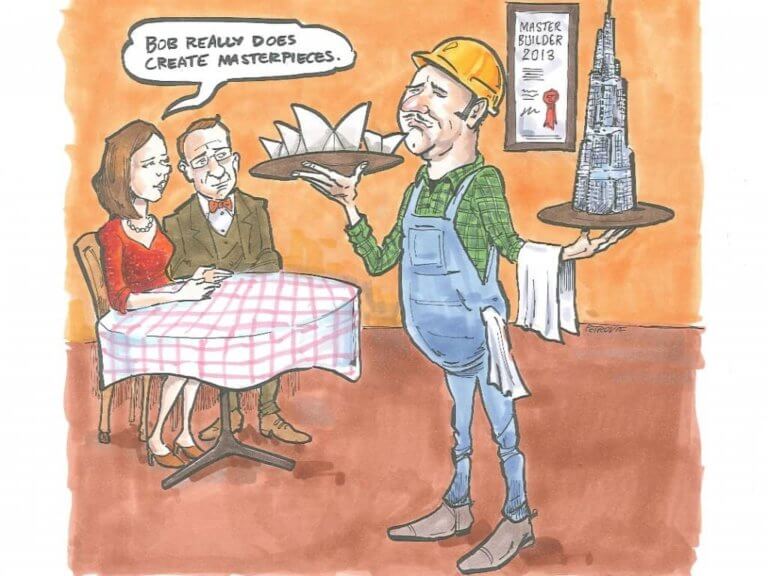
Overseas, the menu of our achievements is big. And it is here that I’d like to focus my article.
In many grand European cities, buildings are hundreds of years old. Why? Well in most cases, they are still used as homes – often 4-6 stories high above the street, with internal light wells and no wasted space so people can live close to work or transport.
The beauty in our buildings or their detail is more valuable than we realise. It lifts our souls, advertises our skill and, most importantly, it goes a long way to ensure any wonderful, well-crafted building is never demolished.
I have not been a fan of trivial art. However, I deeply admire any fine workmanship and effort that creates beauty, especially unique features such as a smart choice of granite, the use of curves or the discovery of the unexpected within a building.
The reason some buildings survive and some don’t is a lesson to us all. ‘Keepers’ inspire us because they are often lovely to be in, look at and include your fantastic, century-old craftsmanship. It can be the quaint medieval facades in Florence, Italy; the wondrous ornament of Victorian London; or the breathtaking loveliness of the Hagia Sophia in Istanbul, Turkey.
Buildings are worth more if they contribute social capital. According to Deloitte economists, the value of the Opera House is not just in its cost of construction. It’s great impression on tourists also helps them contribute to the economy when they visit.
Beauty ensures a building survives. In fact, the best of your buildings are often considered works of art.
Beautiful buildings seldom get vandalised. Lovely buildings are rarely abandoned or become creepy to be in as they age. It’s almost as though any lovely building gets a free ‘force field’ that bewitches taggers.
So here’s my major point. Why not follow this strategy? Seek and achieve the ‘wow’ factor in the design and quality of what you do.
Now for the bad news: in order to do this, the opposite applies.
Many buildings are invisible or scar our streetscapes. Look around your cities and towns and take responsibility for these buildings.
The boring tiled roofed project homes of the 1970s to 1990s do little to lift the spirits of their inhabitants.
I have inspected hundreds where living rooms could so easily have faced a sunny courtyard. These dismal buildings age quickly and often have no charm. I look at them as I would drought-affected pastures.
 Back to publication
Back to publication

